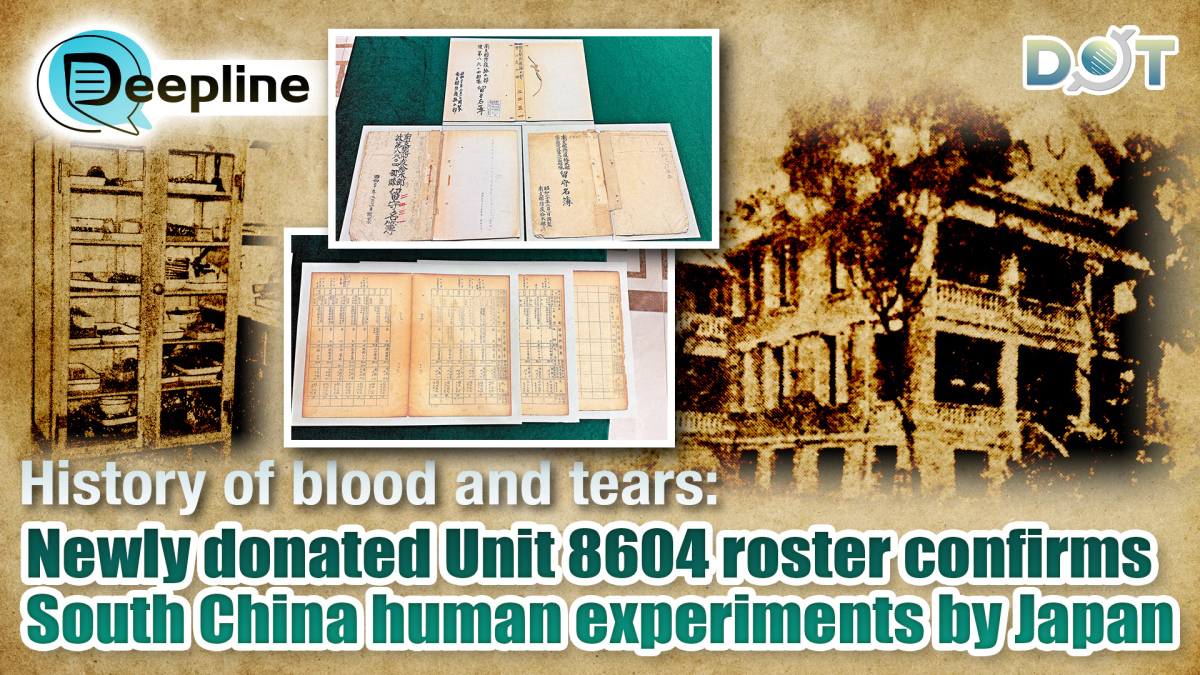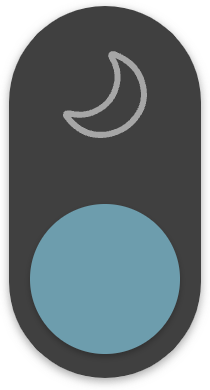
"Within this one-square-kilometer area, thousands of innocent bodies were buried without leaving their names..." Nanshitou, an administrative street in Guangzhou's Haizhu District, was the final destination for tens of thousands of Hong Kong refugees fleeing north by water during wartime over 80 years ago. Tragically, it also became the endpoint for most of their lives.
In late 1941, after the fall of Hong Kong, refugees traveling on junks endured countless hardships to reach Guangzhou via the Pearl River estuary, only to find themselves "escaping the tiger's den only to enter the wolf's lair." They were intercepted by Japanese forces and sent to the Nanshitou Refugee Camp—a testing ground for Unit Nami 8604, the Japanese army's germ warfare division in South China—where they became "live test subjects."
Japanese scholar Seiya Matsuno, who previously donated archival materials related to Japan's wartime "counterfeit currency operations" in Hong Kong, on July 7 donated color-scanned copies of the personnel roster of Unit Nami 8604 to the Guangdong Provincial Archives. This marks the first complete appearance of the unit's roster in mainland China, corroborating historical sites and survivor testimonies with official Japanese military documents.
Experts on South China's wartime history believe the roster will provide indispensable clues for uncovering the truth about Unit 8604. Some scholars even suggest that the number of victims of Japan's germ warfare in South China "may exceed those killed in the Nanjing Massacre."
During the War of Resistance, Japanese forces repeatedly launched germ warfare attacks, inflicting immense suffering on Chinese civilians. Beyond the notorious Unit 731, Japan also established Unit 8604 in Guangzhou and other so-called "Epidemic Prevention and Water Supply Units" across China—ostensibly for disease control and clean water provision, but in reality conducting biological warfare and live human experiments. As secret units that destroyed most records upon Japan's surrender, original documents about these operations are exceptionally rare.
Live virus experiments on humans
Unit 8604 conducted horrific bacterial and viral experiments on living refugees from Guangdong and Hong Kong. Academic research estimates approximately 4,000 refugees died in these experiments, with countless more South Chinese civilians falling victim to germ warfare. At the Nanshitou historical site today, a tomb for Guangdong-Hong Kong refugees erected by civilians 30 years ago silently bears witness to this tragedy.
According to the Guangdong Provincial Archives, the donated roster is a high-resolution color scan of an original Japanese military document from the National Archives of Japan. Overcoming legal and logistical hurdles over six weeks, Matsuno successfully obtained and donated this unprecedented record.
Roster details 860 members
Compiled on February 1, 1945, this Japanese-language document served as Unit 8604's personnel registry for Tokyo's administrative oversight. Secretly preserved postwar, its existence only became public in 2019, with Japan finally releasing the files for limited access on May 14, 2025.
The archive records 860 members' names, birthdates, military branches, ranks, assignments, previous units, enlistment dates, hometowns, family addresses, and next-of-kin information.
Tan Yuanheng, a retired professor from the South China University of Technology and expert on Japan's South China germ warfare, told Wen Wei Po that Japan's "repatriation policy" saw over 100 boatloads carrying more than 200,000 Hong Kong refugees to Guangzhou, who then "virtually disappeared." His research suggests South China germ warfare victims "may surpass Nanjing Massacre deaths—an astonishing figure." The 70-year-old scholar expressed excitement about the roster donation, hoping to see Unit 8604's mysteries fully unraveled in his lifetime.
Wu Peijun, a researcher at the Center for South China Anti-Japanese War History at South China Normal University, called the roster "the most authoritative, comprehensive, and detailed core archive" for investigating Unit 8604.
"Since the unit had branches in Hong Kong, studying South China's germ warfare history requires Hong Kong's perspective," he noted, announcing plans to collaborate with Hong Kong university experts.
(Source: Wen Wei Po; Journalists: Huang Baoyi; English Editor: Darius)
Related News:
China to hold gala marking 80th anniversary of victory against Japanese aggression, fascism




















Comment